Join the author, Néstor T. Carbonell, as he shares a critical analysis of the Castro-Communist regime and explores the challenges and opportunities that will likely arise when freedom finally dawns in Cuba.
CHAPTER 11: Castro’s Detente Game: From Johnson to George H. W. Bush
Reagan clearly fared better with his muscular stand against Castro’s expansionism than with his and his predecessors’ earlier attempts at detente without much leverage. Wily and ruthless dictators like the Cuban ruler soar aggressively when they sense weakness and recoil cautiously when confronted with strength.
George H. W. Bush (1989-1993)
During his presidency, the elder Bush had to devote much of his time to foreign affairs. This was not a problem. Given his distinguished public service credentials as ambassador to the United Nations, US envoy to China, director of the CIA, and vice president of the United States, he had an ample reservoir of talent and experience to draw from when dealing with complex international issues. And he certainly had no shortage of those.
Bush put together an impressive and well-integrated team of advisers, including Brent Scowcroft, national security adviser; James Baker, secretary of state; Dick Cheney, secretary of defense; and Colin Powell, chairman of the Joint Chiefs of Staff. Another prominent counselor was Robert Gates, who served the president as deputy national security adviser and later as director of the CIA.
The US Invasion of Panama and
the Noriega-Castro
Drug Connection
During the first two years of Bush’s presidency, while he ably addressed the breakdown of the Soviet Union and Hussein’s invasion of Kuwait, Panama became a serious national security and political issue. Its military ruler, Manuel Noriega, who had been a valued CIA «asset» during the Contra war against the Sandinista regime in Nicaragua, had turned against the United States and was indicted by a federal grand jury in 1988 on drug trafficking charges.
The well-documented indictment accused Noriega of virtually selling his government to drug traffickers for millions of dollars in bribes and turning Panama into a center of money laundering and cocaine smuggling, the cocaine mostly bound for the United States. According to the indictment, Noriega provided secure airstrips and haven for some of the world’s most violent dealers, including the infamous Medellin cartel.
The president was pressed by congressional leaders to bring Noriega to justice in the United States, but since Panama was under his ironfisted rule, the general would block any attempt to extradite him. Bush began to focus on removing Noriega from power but opted not to support a covert internal coup attempt, which was haphazardly planned and easily quashed on October 3, 1989.
The president decided instead to plan an overt military operation to oust Noriega and bring him to trial on drug charges in the United States. On December 20, 1989, a few days after Bush was notified that Noriega’s military forces had killed a US serviceman and attacked another one and his wife, Bush launched Operation Just Cause with about ten thousand forces landing in Panama and joining some thirteen thousand already there.
When they overtook the Panamanian military without much resistance, Noriega sought refuge at the Vatican’s embassy in Panama City. He surrendered to US forces in early January and was flown to Miami,
Florida, where he was tried and convicted in September 1992 on eight counts of drug trafficking, racketeering, and money laundering, and sentenced to forty years in prison.
The United States was chastised by the UN and the OAS for the unilateral armed intervention in Panama, bypassing these organizations and violating international covenants and procedures. Most Americans, however, hailed the military operation that ended Noriega’s despotic rule and brought him to justice, and the Panamanians by and large were happy to have regained their freedom.
A direct outgrowth of the Noriega US trial in 1992 was the case against the Castro regime. Testimonies implicating Raul Castro in Noriega’s drug trafficking were provided by Cuban defectors and Medellin cocaine cartel chieftain Carlos Lehder Rivas, who was serving life plus 135 years in the United States after being convicted on drug trafficking charges in Florida in 1988.
Lehder testified that in 1982 he met with Raul Castro, defense minister and second-in-command of the Cuban regime, to strike a deal. In exchange for millions of dollars, Raul agreed to facilitate the Medellin cartel’s cocaine shipments through Cuba. Using special radio frequencies provided by the regime, the drug traffickers were able to exit Cuban airspace without interference. They also were allowed to land on Cuban soil with their loads of cocaine.
Since 1982, US officials had been aware that the Castro regime was using drug trafficking as a means of both raising hard currency for Cuba and undermining the hated «empire.» Four Cuban officials, including a vice admiral in the Cuban navy, were charged with importing marijuana into Florida. But they were never arrested or brought to trial. Then in 1984, a Drug Enforcement Administration informant, Barry Seal, penetrated a cartel plot hatched by the Castro and Sandinista governments to send 1,462 pounds of cocaine to Miami. The drugs-wefe seized by the US authorities, but no Cuban or Nicaraguan officials were charged.
By 1989, Fidel Castro realized that evidence linking senior officials of his regime to the Medellin drug cartel and to Noriega was extensive and incriminating. To preempt or blunt a possible indictment, he decided to assemble a kangaroo court to convict some of those Cuban government officials who were involved in drug trafficking. The irony is that the leader who conceived and negotiated the smuggling deal with the Medellin cartel, Raul Castro, was the one who pressed charges against his partners in crime.
Ten officers of the army and the Interior Ministry were sentenced to prison terms ranging from ten to twenty years. Among the four who were convicted of treason against the Cuban Revolution on charges of corruption and drug dealing, and executed on July 13, 1989, was the decorated general and former commander of the Cuban forces in Angola, Arnaldo Ochoa. Well-informed sources on the island believe that Fidel Castro may have had ulterior motives to execute the popular general and shining star of the regime: He knew too much and had risen too high.
During his videotaped mea culpa, redolent of the Stalin era’s forced confessions, Ochoa dutifully swore that all his actions were «the artifice of my [own] mind,» and neither Fidel Castro nor his brother Raul, nor anyone else in the Communist Party or government, «ever had anything to do with it [the drug trafficking]» (English translation).
Ochoa also said, «I want to tell my comrades-at-arms that I believe I betrayed my country, and I say in all honesty, one pays for treason with one’s life.» To complete the government-concocted confession, the general unctuously declared that if he faced execution, «my last thought will be of Fidel and the great revolution that he has given our people.»
Castro’s show trial and partial purge did not deter the prosecutors at the US Attorney’s Office in Miami from drafting a proposed indictment against the Cuban government. It charged the regime as a racketeering enterprise and Defense Minister Raul Castro as the chief of a ten-year conspiracy to send tons of Colombian cartel cocaine through Cuba to the United States.
Prosecutor Bob Martinez, who spearheaded the thorough investigation implicating the Cuban government and Raul Castro in drug trafficking, was ready to make a final presentation to a federal grand jury in Miami and file formal charges. But Washington blocked that move. As reported by ABC News, the Justice Department—by then under the Clinton administration—overruled the US Attorney’s Office in Miami and quashed the indictment in 1993, alleging national security and intelligence issues. As a result, the Castro regime walked away from incrimination unscathed.
Castro Dug in His Heels
In April 1989, while trying to invigorate the decaying Soviet Union with an infusion of liberalization and drastic government spending cuts, Mikhail Gorbachev flew to Havana to have a candid conversation with comrade Fidel Castro. He was greeted with a great deal of pomp and bear hugs. But the warm reception quickly turned cold when the Soviet leader advised Castro that Moscow could not continue providing massive aid to Cuba and urged him to launch his own glasnost and perestroika.
The Cuban dictator, however, was not willing to temper his radicalism or institute even modest economic reforms. Not quite yet. He would have to bear a little later the full brunt of the Soviet collapse to allow a limited and temporary opening of the state-controlled economy.
Gorbachev was not the only personality who beseeched Castro to change course. Adolfo Suarez, who in 1976 led Spain’s peaceful transition from Francisco Franco’s autocracy to a democratic parliamentary monarchy, also tried to persuade Fidel to foster a more pluralistic and efficient system of government, reuniting the fractured Cuban population and attracting foreign capital and technology.
At the request of Carlos Alberto Montaner, distinguished Cuban exile, syndicated journalist, and active member of the International Liberal Movement, as well as other compatriots interested in exploring a constructive engagement with the Castro regime, Suarez met with Fidel in Havana in mid-1990 to test the waters. The meeting was cordial but fruitless. The Cuban ruler showed no interest in softening his intractable position. His most memorable statement during the colloquy was that «Cuba would sink in the ocean before abandoning Marxism-Leninism.» Confident that he was on the right track, Castro boasted that the Cuban example would be followed by many other countries «when humanity recovers its senses.»
Castro was emboldened by the Foro de Sao Paulo, a conference of leftist/Marxist political parties and organizations from Latin America. It was launched by Brazil’s Workers Party, headed by Luiz Inacio Lula da Silva, in Sao Paulo, in 1990. Lula, a strong Castro supporter, was later elected president of Brazil, and the Foro remained a vital platform for both Lula and Castro.
Bush Pressed to Harden Cuba Policy
Sensing US complacency, Castro not only intensified repression against peaceful dissidents but also scrambled the transmissions of TV Marti, which began broadcasting to Cuba in March 1990, and jammed Radio Marti. The objective was clear: total blackout of non-government-filtered news on the island.
Under those circumstances, with no likelihood of a rapprochement with the Castro regime, Cuban exile leaders submitted to President Bush in 1992 a three-hundred-thousand-signature petition to rescind the 1962 Kennedy-Khrushchev no-invasion-of-Cuba pledge so that the exiles could pursue their struggle for Cuba’s freedom without US interference. The president declined to abrogate the accord and refused to condone violations of US neutrality law.
Since the White House refused to allow any military action against the Castro regime, Cuban exile leaders then proposed the strengthening of the US commercial embargo. They argued that the combined impact of the cancellation of Soviet aid and the reinforcement of US sanctions would compel Castro to start liberalizing the island, at least with economic reforms.
Bush was reluctant at first to support a bill in Congress (the Cuban Democracy Act) that significantly tightened the US embargo, but when presidential candidate Bill Clinton opportunistically endorsed it during the 1992 campaign, the president promptly followed suit.
The Cuban Democracy Act, presented by US congressman Robert Torricelli, was passed by Congress and signed into law by President Bush on October 23, 1992. It prohibited foreign-based subsidiaries of US companies from trading with Cuba; barred travel to the island by US citizens; and established strict limits on family remittances to the island.
Donations of food to nongovernment organizations in Cuba, however, were not restricted, nor were medical supplies and medicines sent to the Cuban people. The tightened embargo would be lifted and financial support provided when Cuba held free elections under international supervision.
For the first time the US embargo, absent Soviet aid to compensate for it, truly had «bite.» Its impact, however, was lessened a few years later when the Castro regime got a new life preserver, this one courtesy of the Venezuelan president Hugo Chavez.
CHAPTER 12
Clinton, Castro, and the Pope (1993-2001)
| No More Soviet Windfall
Following the implosion of the Soviet Union and the shutdown of Cuba’s vital lifeline in 1991, the island lost more than 35 percent of its GDP in one fell swoop. While Cuba was receiving Moscow’s massive aid, estimated to have totaled $65 billion over thirty years, Castro could dismiss and even deride the US «blockade» (economic embargo). This he did at a public rally in January 1969, asserting, «The blockade is now a matter of scorn and laughter.» That was then, however, but such was not the case in the 1990s.
The dire situation that ensued forced Fidel Castro to introduce for the first time some market-oriented reforms (his miniperestroika) in the summer of 1993, which he labeled «the Special Period in Time of Peace.»
Although most of the economy remained under government control, Castro allowed state farms to form cooperatives and licensed self-managed microbusinesses (no employees permitted), like home-based restaurants, bed-and-breakfasts, small artisan shops, and a slew of menial services. Fearing creeping capitalism, which could undermine the regime’s totalitarian control, these reforms were later curbed and partly reversed.
Given the island’s urgent need of capital, Castro amended the Communist Constitution to allow foreign companies to invest in Cuba in certain areas, but only in partnership, on a minority basis, with the government. Among the corporations that flocked to Cuba and
SECTION II: THE DAUNTING PAST
invested there were Melia from Spain (tourism), Sherritt from Canada (mining/oil), Pernod Ricard from France (rum), Imperial Tobacco from the UK (cigars), Nestle from Switzerland (ice cream and soft drinks), Domos from Mexico, and Telecom Italy (telecommunications).
Most of these corporations experienced obstacles and frustrations, but nothing comparable to FirstKey’s nightmare. As reported in a lengthy Wall Street Journal article dated June 28, 1999, FirstKey signed a joint venture agreement with the Cuban government in 1997 to increase the generation of power, which had dropped to a very low level, causing frequent outages across the island. The company’s CEO at the time, Clarence Boudreau, a lanky thirty-four-year veteran of major engineering projects spanning the globe from Canada to China, thought he had hit the jackpot with the deal. «Everybody was pushing Cuba. It was the place to invest,» he said.
His ecstasy, however, was short-lived. The Castro regime reneged on the contract, and FirstKey lost about $9 million spent on developing the project. To add insult to injury, the regime used FirstKey’s plans to lure European firms to the very same project. «First there is [the] love affair,» Boudreau bitterly complained, «and then they dispose of you like a wet rug.»
The Clinton administration applauded Castro’s miniperestroika and, to encourage deeper reforms, decided as a first step to ease US restrictions on US travel to the island. Visits were authorized under a «people to people» program fostering cultural and religious activities. The president and his inner circle were deluded by Castro’s limited economic reforms, thinking they would lead to the liberalization of the regime. The Cuban ruler, however, had other plans to address the simmering unrest on the island.
| The Tugboat Massacre and the «Maleconazo»
A Castro heinous crime in 1994 was the sinking of the tugboat 13 de Marzo. This was not an isolated or uniquely atrocious episode. It was
preceded by the July 6, 1980, Canimar River massacre, when a large excursion boat attempting to flee the island was attacked by a Cuban air force plane and sunk by a freighter that rammed into it. According to the Cuban Archive (in exile), several dozen passengers, including children, were killed.
Regarding the 13 deMarzo tugboat mass murder, the Inter-American Commission on Human Rights reported that in the early morning hours of July 13, 1994, four boats belonging to the Castro regime sank the old tugboat seven miles off the Cuban coast. It was fleeing the island with seventy-two people on board.
The regime’s boats attacked the runaway tug with their prows while at the same time spraying everyone on the deck, including women and children, with pressurized water. The pleas of the women and children to stop the attack were in vain, and the 13 de Marzo sank, killing forty-one people, including ten minors. Thirty-one passengers survived and bore witness to this abhorrent crime, which the Castro regime called «an accident.»1
Even inside Cuba, under tight government censorship, the news of the massacre at sea spread like wildfire and added fuel to the restlessness spiked by the grave economic crisis. These two factors, along with false rumors that ferries in Havana had been seized and were available to flee the island, contributed to a major antigovernment protest, or short-lived uprising, known as the Maleconazo, which preluded the Rafter Crisis.
The Malecon is the wide waterfront avenue that gracefully circles the bay of Havana like a dazzling necklace. It had generally been a peaceful area to relax, stroll, and enjoy the sea breeze, particularly when power outages, such as those endured by the population in the 1990s, made it unbearable to remain inside the crowded, dilapidated houses nearby.
However, on the morning of August 5, 1994, the Malecon turned into a battlefield. What sparked the spontaneous popular revolt is still open to debate, but the underlying causes are well-known: hunger,
scarcities, despair, and oppression. Hundreds, perhaps thousands, of enraged Cubans began pouring into the streets shouting, «Libertad,» «Viva Cuba Libre,» and «Cuba, si. Castro, no.»
The regime promptly unleashed its plainclothes shock troops (the Rapid Response Brigades), who lashed out against the unarmed crowd with sticks and iron bars. Despite the unremitting violence of the repression, it took the government thugs several hours to quash the rebellion, which had started to spread to surrounding streets. Only then did Castro show up in the Malecon to proclaim their great victory before the TV cameras.
| The Rafter Crisis
Castro was well aware of the existing restlessness across the island and realized that he needed a safety valve to release tension. Since the 1980 Mariel exodus worked well for him without any US reprisal, he decided immediately after the Maleconazo to launch another such exodus. Blaming the US immigration policies for encouraging Cubans to leave the island illegally, he announced that his government would not stand in the way of those who wanted to flee. That led to what is known as the Rafter Crisis.
During the months of August and September 1994, some thirty-five thousand Cubans of all ages took to the sea, mostly on flimsy inner-tube rafts. The objective of the rafters, known as balseros, was basically the same as that of the Mariel escapees: to reach the safe haven of Florida. But this time those fleeing Cuba were interdicted at sea by the US Coast Guard and diverted to the US naval base at Guantanamo, Cuba.
Many of the intercepted rafters were suffering from heat injuries and had no food or fresh water left. The few rafts with engines were mostly out of fuel and were drifting in the current. Several young’Soys and girls under the age of ten were found floating alone on inner tubes. They talked of how their mothers or fathers had been taken by sharks during the voyage.
A large number of rafts were found completely empty or broken into several pieces. It is estimated on the low side that 25 percent of the rafters were lost at sea—a heartbreaking tragedy.
Those who were picked up and sent to Guantanamo were housed in large tent cities rapidly constructed by military personnel at several sites of the US naval base. Camp conditions were challenging due to high heat, water shortages, and the large amount of trash. Thanks to the commendable efforts of the US Joint Task Force 160 in charge of Operation Sea Signal, and the assistance of the Cuban American (Miami) medical doctors who volunteered to treat the ailing rafters, the overall situation gradually improved.2
Yet not all was orderly and peaceful. Owing to lingering uncertainties about their future—without a country and enduring indefinite detention—some of the Cuban balseros at the camp grew restless and staged riots. President Clinton realized that he could not keep thousands of Cuban refugees indefinitely fenced in Guantanamo. Mounting pressure to find a humanitarian solution forced the president’s hand. After several months in limbo, most of the rafters were paroled into the United States.
| Castro’s Maneuver
While the migration turmoil Castro had set off was still rattling the Clinton administration, the Cuban ruler sent an unusual emissary to meet with the president and advocate on his behalf the normalization of US relations with Communist Cuba: the renowned Colombian novelist and Castro devotee Gabriel Garcia Marquez.
The meeting between the novelist and the president took place in September 1994 at the Martha’s Vineyard summer house of the distinguished writer William Styron. When the cordial conversation over lunch turned to Cuba, Clinton explained why under the 1962 Cuban Democracy Act it would be very difficult, if not impossible, for him to lift the embargo absent a fundamental change in Cuba.3 However,
bowing to pressure from Havana, the president made some concessions. He agreed to take in at least twenty thousand legal immigrants from Cuba annually, and in return he relied on Castro’s word to use «mainly persuasive methods» to stop the rafter exodus.4
The White House also announced in May 1995 that, under the new immigration policy, Cuban refugees intercepted by the US Coast Guard at sea («wet foot») would be sent back to Cuba, while those who made it to US soil («dry foot») would be allowed to remain and apply for expedited US residence. The weird logic or inconsistency to appease Castro was evident. Those caught before touching US soil would be treated as illegal immigrants and turned over to the Cuban dictator, whereas those who were able to sneak in were accorded the privilege of staying and applying for the coveted green card. With the «wet foot» provision, Castro got part of what he wanted.5
| The Shoot-Down
Emboldened by the Clinton administration’s conciliatory response to the rafter exodus, Fidel Castro, along with his brother Raul and the upper echelons of the regime, masterminded the 1996 shoot-down by Cuba’s air force MiGs of two small unarmed Brothers to the Rescue aircraft. This vile aggression killed three US citizens and one US resident flying on a humanitarian mission over international waters.
Brothers to the Rescue was a nonprofit organization founded in May 1991 (four years before the wet foot, dry foot policy was announced) for the purpose of assisting and rescuing raft refugees fleeing Cuba and supporting nonviolent efforts of the Cuban people to regain their freedom. Under the leadership of Jose Basulto, a Bay of Pigs veteran, the Brothers included some thirty young pilots of various nationalities who volunteered to fly in rickety Cessnas over the Florida Straits to carry out search and rescue missions.
When a rafter was spotted and needed urgent assistance, the Brothers promptly alerted the US Coast Guard and circled the rafter
until help arrived. They would also toss down plastic water bottles, food, T-shirts, life jackets, and even radios bundled up in a bubble wrap. In their first eight months of operation, they reportedly flew 202 missions and saved 143 rafters. By 1996, lives saved by the Brothers at sea exceeded four thousand.6
Apart from their humanitarian mission, Brothers to the Rescue relayed to the world films of desperate men, women, and children fleeing Communist Cuba on anything that floated. Castro, of course, was not happy with the negative publicity, but what really infuriated him was Basulto’s daring incursion in January 1996, when he and three other pilots flying on two separate planes reached Cuban territorial airspace and dropped half a million flyers, which fell like confetti over Havana. The flyers listed articles of the UN Declaration of Human Rights and urged the Cubans to exercise those rights.
Castro, having viewed that foray as an intolerable provocation, vowed revenge. He instructed his «Wasp Network» of spies in Miami, engaged in infiltrating the US Southern Command and several Cuban American militant groups, to target Brothers to the Rescue. One of the spies who infiltrated the organization was Juan Pablo Roque, a dashing former Cuban air force pilot who feigned defection to the United States in 1992.
Roque joined the Brothers as a pilot and alerted the Castro regime to the fateful flight on February 24,1996, of the three unarmed planes of Brothers to the Rescue, two of which were shot down by Cuban fighter aircraft over the Florida Straits. The day before the downing, Roque slipped out of Miami and returned to Cuba, where he later denounced Brothers to the Rescue as a terrorist organization.7
The Brothers were unaware of the deadly plot hatched by the Castro regime when three of their Cessna planes took off from Opa-locka airport on February 24 at 1:11 p.m. on a humanitarian mission to search for rafters. It was a beautiful, cloudless afternoon with ceiling and visibility unlimited, or CAVU in military jargon.
While the Brothers’ aircraft were flying north of Cuba’s twelve-mile
airspace, the Cuban air force ordered the scrambling of two fighter planes, a MiG-29 and a MiG-23, carrying short-range missiles, bombs, and rockets. Following instructions imparted by both Fidel and Raul Castro, the Cuban military aircraft shot down, without warning, over international waters, two of the Brothers’ Cessnas, piloted by three young US-born citizens and one Cuban-born US resident.8
The third Cessna, piloted by their leader, Jose Basulto, and by Arnaldo Iglesias, and carrying the president of Mothers Against Repression (MAR por Cuba), Sylvia Iriondo, and her husband Andres, managed to evade the hot pursuit of the Cuban MiGs and return to the Opa-locka airport.
After the downing of each plane, the Cuban pilots could be heard vaunting their heinous feat, and the ground control in Havana could be heard congratulating them. The MiG pilots’ radio transmissions, taped by the United States, included the following brag (English version) when the first plane was shot down: «We hit them! We hit them—cojones! This one won’t fuck around anymore.» Then, when the second plane was downed, the crow was: «Destroyed! We destroyed the other one! Fatherland or death, cojones!»
A day after these exclamations of glee and profanity were aired at a special meeting of the United Nations Security Council, US ambassador to the UN Madeleine Albright famously declared, «Frankly, this is not cojones. This is cowardice.»9
In its report on the downing, the Inter-American Commission on Human Rights concluded: «The fact that weapons of war and combat-trained pilots were used against unarmed civilians shows not only how disproportionate the use of force was, but also the intent to end the lives of those individuals. … The extracts from the radio communications between the MiG-29 pilots and the military control tower indicate that they acted from a superior position and showed malice ajid^ scorn toward the human dignity of the victims.»10
From the time the Cuban MiGs were spotted by the United States, F-15’s at Homestead Air Force Base in Florida had been waiting for
instructions with their engines running. They could have been off the ground in two minutes and in the area within ten. Why then was no attempt made to prevent the aggression by deploying intercept jets? The North American Aerospace Defense Command stated in its October 13, 1996, report that the failure to intercept or scramble was the result of «miscommunication» but claimed that, given the speed of events, it was unlikely that the F-15’s could have deterred the shoot-down.
Brothers to the Rescue, however, did not buy the «miscommunication» explanation. Having conducted their own investigation, they found out that the F-15’s were grounded because the pilots received a clear order: «Stand down battle stations.»11
Fidel Castro admitted to Time magazine and to Dan Rather on a special edition of CBS Evening News that he gave the order for the shoot-down. «You can only take so much provocation,» he averred. But he did not concede that the alleged «pirate aircraft» of the «terrorist organization Brothers to the Rescue, which may have been carrying arms,» were shot down in international waters as the evidence showed.12
Judicial Watch and human rights organizations called for indictment. The editorial board of the Miami Herald urged Clinton to charge the Castro military clique with murder. The president, however, decided not to press legal charges. The responsibility fell to the Bush administration, which indicted the Cuban air force general who relayed the immediate order to shoot down the planes, as well as the pilots (the Perez-Perez brothers) who executed the order. Fidel Castro, however, was excluded from the indictment on the grounds of immunity as head of state, and so was his brother Raul, who could not claim such protection. Regardless of immunity, the Castro brothers continued to enjoy impunity.
| The Libertad Act
The downing of the planes did have legislative consequences that Castro did not foresee and Clinton could not forestall. The president was not
keen about maintaining the US embargo on Cuba, much less strengthening it. But given the uproar caused by the shoot-down of the Brothers to the Rescue planes without any US attempt to avert it, Clinton could not overcome the pressure to strengthen sanctions against Cuba.
The calculating Castro, for once, miscalculated. To perpetrate his aggression against the Brothers to the Rescue, he relied on Clinton’s an-tiembargo stance to evade retaliation. He certainly did not expect that Congress would not only reinforce but also codify the embargo, meaning that no president could abrogate or nullify its essential provisions without congressional approval. The congressman who pushed hardest to achieve that goal was none other than Castro’s former nephew, Lincoln Diaz-Balart.
On March 12, 1996, Clinton reluctantly signed into law the Cuban Liberty and Democratic Solidarity (LIBERTAD) Act (also known as the Helms-Burton Act), which several Democratic filibusterers in the Senate had managed to table in 1995. The Act strengthened the trade and financial sanctions against the Castro regime and subsequently was broadened to include a ban on US tourist travel to the island.
Under the Act, foreigners who trafficked in confiscated properties in Cuba were exposed to lawsuits in the United States and denial of US visas. The application of this «extraterritorial» provision, which had been suspended by all presidents prior to Trump, was reinstated by Trump in April 2019. The Act also barred any US economic assistance to Cuba while the island remained subjugated by the Castro brothers.13
Faced with the restrictions imposed by the Act, which tied the hands of the president and made a US-Cuba detente very difficult, Castro realized he had to stage a dramatic tactical shift to improve his image and relieve both internal and external tensions. With this in mind, he decided to make peace with the Catholic Church and to welcome the visit of its preeminent spiritual leader, who he believed would join him in denouncing the US embargo: Pope John Paul II.
| The Historic Pilgrimage
Hoping that the pope would accept the invitation, Castro moderated his antichurch stance and reestablished Christmas as a public holiday. Was this a sincere U-turn or a tactical move? Was the Jesuit-educated «lost son» signaling a desire to rejoin the flock, or was he playing one of his deceitful games to burnish his image without changing his stripes? The Vatican seemed to harbor some doubts about Castro’s intentions but was not about to turn down the opportunity to thaw relations with the Communist regime. If Paris was well worth a Mass for the Huguenot King Henry
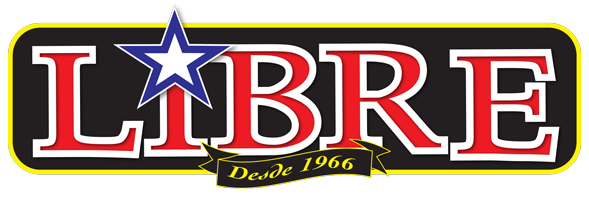
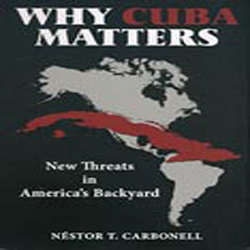

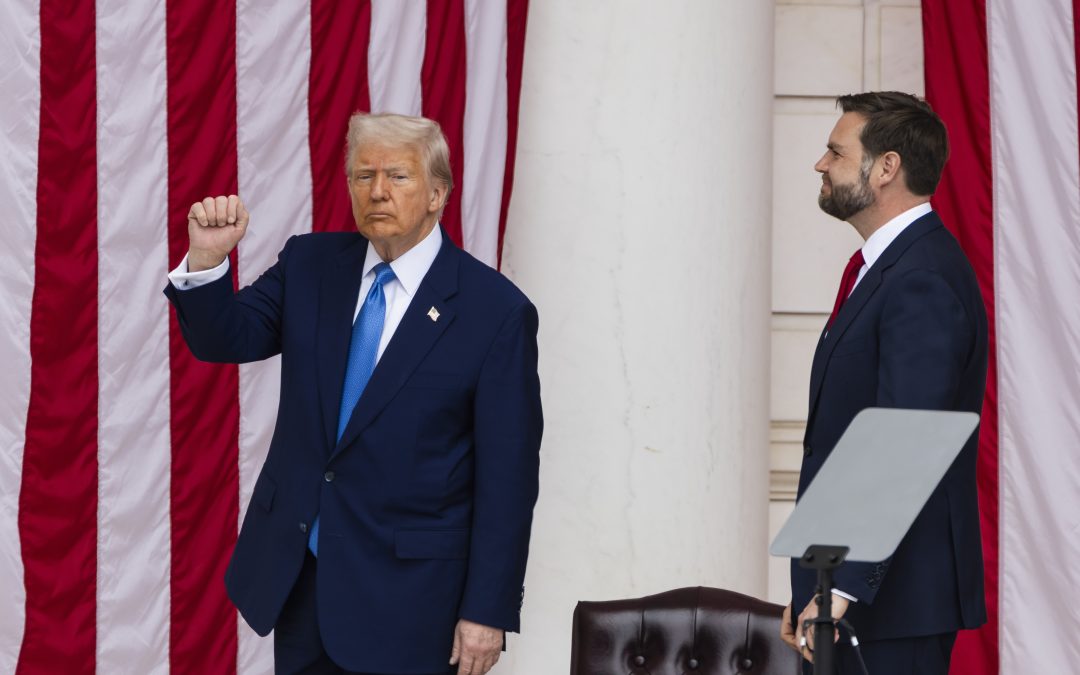
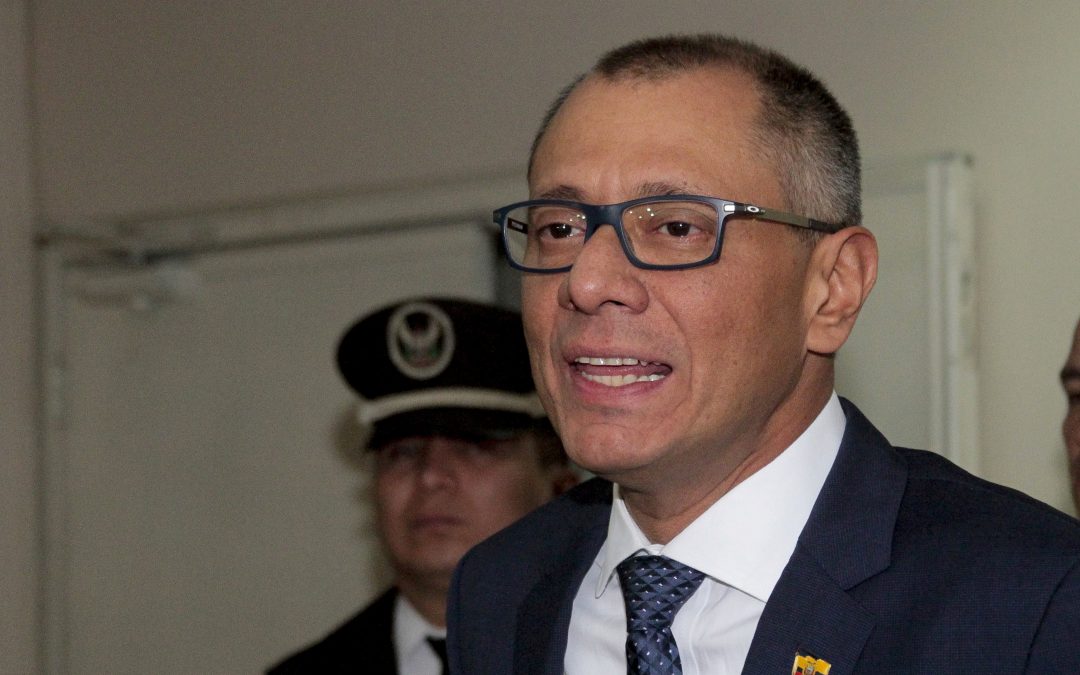
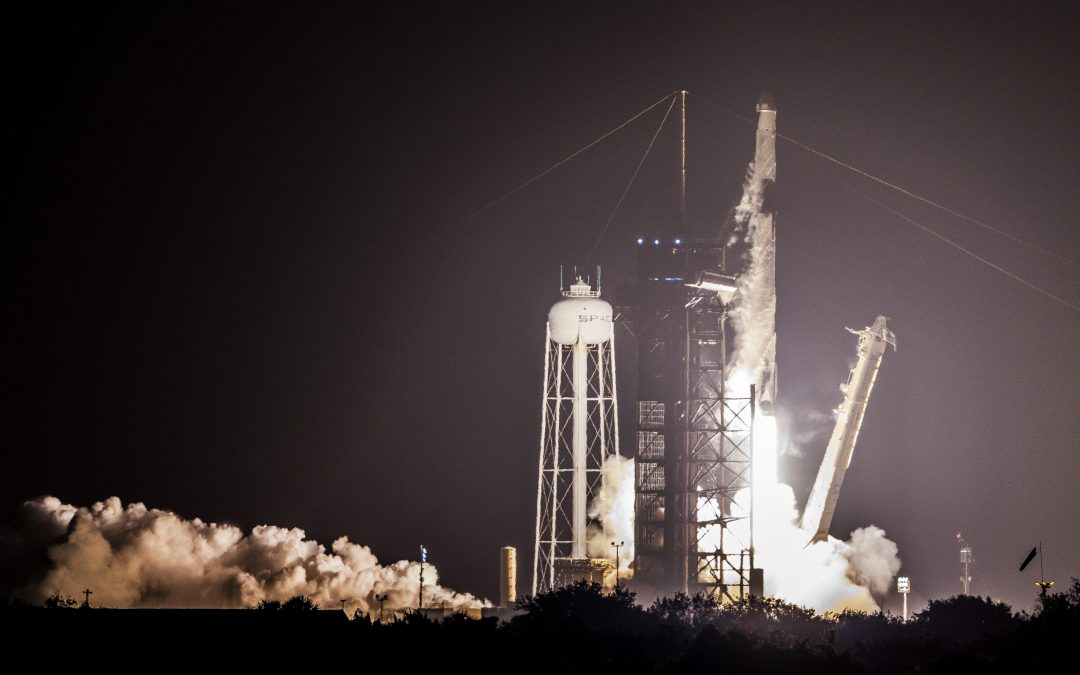
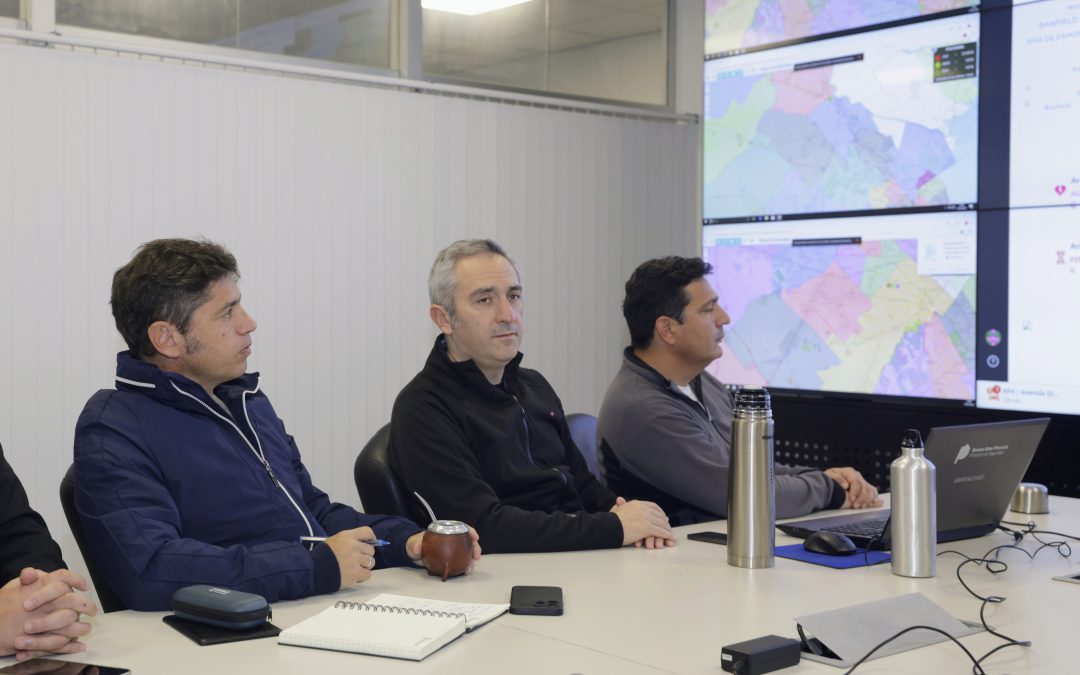



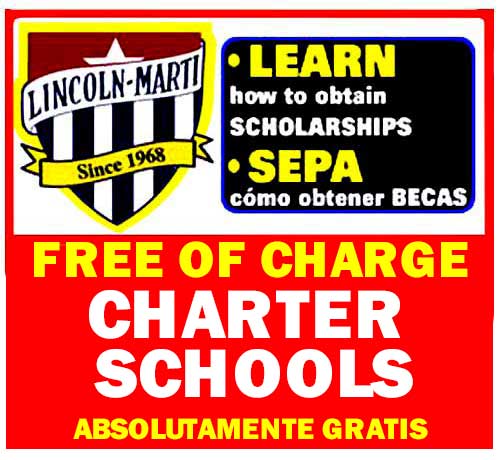
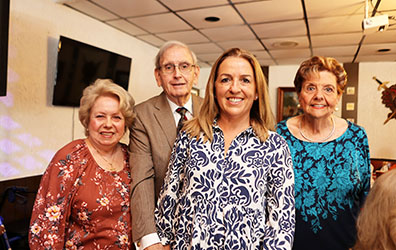


0 comentarios